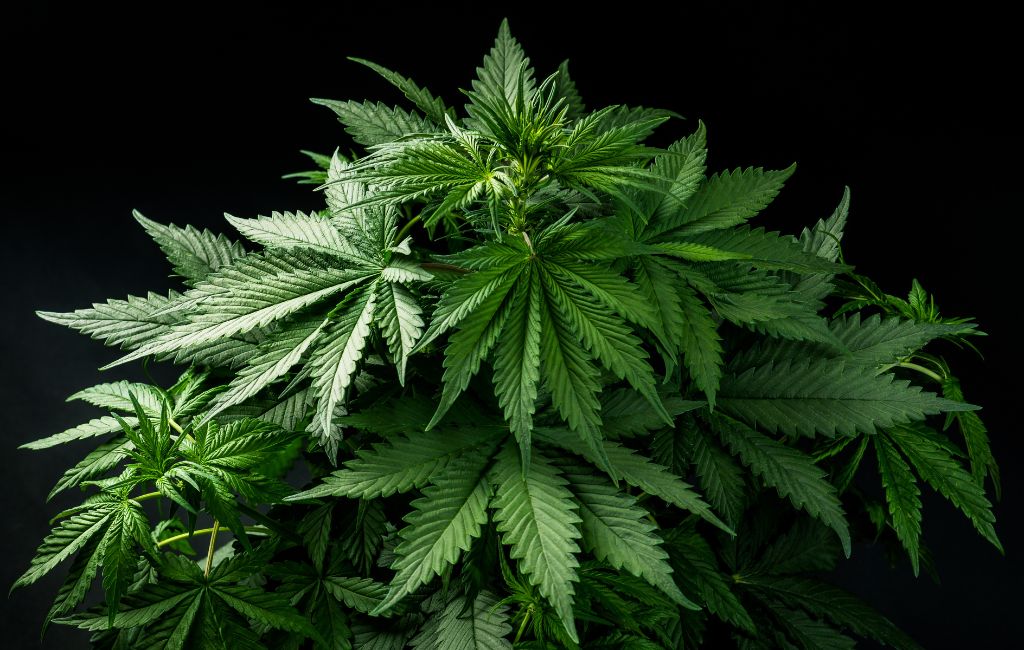Growing marijuana can be a rewarding endeavor, whether for personal use or commercial purposes. With the right knowledge and techniques, you can cultivate healthy plants that yield high-quality buds. This article provides valuable insights and practical tips for successful marijuana cultivation.
Understanding the Basics
Before diving into the specifics, it’s important to grasp the fundamental aspects of marijuana cultivation. This includes understanding the plant’s life cycle, the different strains, and the environmental conditions required for optimal growth.
Life Cycle of Marijuana
Marijuana plants go through several stages: germination, seedling, vegetative, and flowering. Each stage has unique requirements in terms of light, nutrients, and water. Recognizing these stages helps in providing the right care at the right time.
Choosing the Right Strain
There are numerous strains of marijuana, each with distinct characteristics. Some are more suitable for indoor growing, while others thrive outdoors. Consider factors like climate, space, and desired effects when selecting a strain.
Setting Up Your Grow Space
The environment in which marijuana is grown significantly impacts its growth and yield. Whether you’re growing indoors or outdoors, creating the right conditions is key.
Indoor Growing
Indoor growing offers more control over environmental factors. Key elements to consider include:
- Lighting: Use high-quality grow lights such as LED or HPS to mimic natural sunlight.
- Ventilation: Ensure proper air circulation to prevent mold and pests.
- Temperature and Humidity: Maintain optimal levels to support healthy growth.
Outdoor Growing
Outdoor growing relies on natural conditions. Consider the following:
- Location: Choose a spot with ample sunlight and protection from harsh weather.
- Soil Quality: Use nutrient-rich soil to support plant health.
- Pest Control: Implement natural pest control methods to protect your plants.
Nutrient Management
Nutrients play a vital role in the growth and development of marijuana plants. Providing the right balance of nutrients can significantly enhance yield and quality.
Essential Nutrients
Marijuana plants require a mix of macronutrients and micronutrients. Key macronutrients include nitrogen, phosphorus, and potassium, while micronutrients like calcium and magnesium are equally important.
Feeding Schedule
Develop a feeding schedule based on the plant’s growth stage. Overfeeding or underfeeding can lead to nutrient deficiencies or toxicities, affecting plant health.
Watering Techniques
Proper watering is crucial for marijuana cultivation. Both overwatering and underwatering can harm plants, so it’s important to find the right balance.
Water Quality
Use clean, pH-balanced water to prevent nutrient lockout and other issues. Test water regularly to ensure it meets the plant’s needs.
Watering Frequency
Adjust watering frequency based on factors like plant size, growth stage, and environmental conditions. Monitor soil moisture levels to determine when to water.
Pest and Disease Management
Pests and diseases can severely impact marijuana plants. Implementing effective management strategies is essential for maintaining plant health.
Common Pests
Some common pests include spider mites, aphids, and whiteflies. Regularly inspect plants and use organic pest control methods to manage infestations.
Disease Prevention
Prevent diseases by maintaining a clean grow space and avoiding overwatering. Use fungicides and other treatments as needed to protect plants.
Harvesting and Curing
Harvesting at the right time and properly curing buds are crucial steps in the cultivation process. These steps ensure the final product is potent and flavorful.
Determining Harvest Time
Monitor trichomes and pistils to determine the optimal harvest time. Harvesting too early or too late can affect potency and yield.
Curing Process
After harvesting, cure buds in a controlled environment to enhance flavor and potency. This involves drying and storing buds in airtight containers for several weeks.
Conclusion
Growing marijuana requires attention to detail and a commitment to learning. By understanding the plant’s needs and creating the right environment, you can cultivate healthy plants that produce high-quality buds. Whether you’re a novice or an experienced grower, these tips provide a solid foundation for successful marijuana cultivation.
